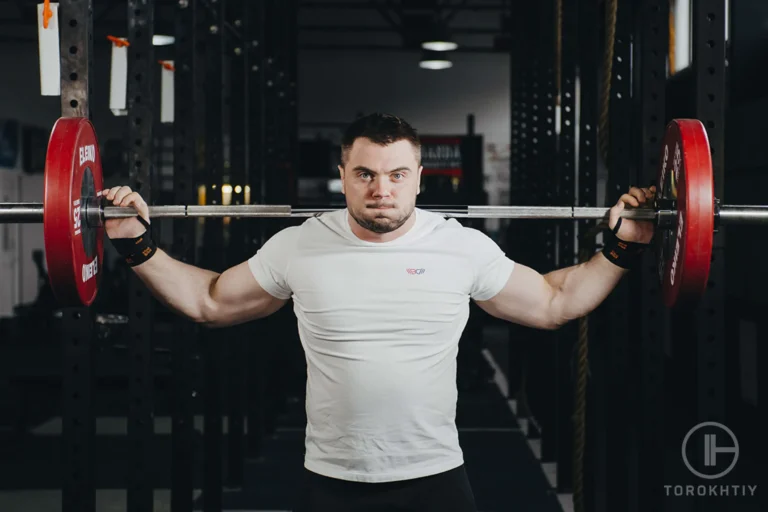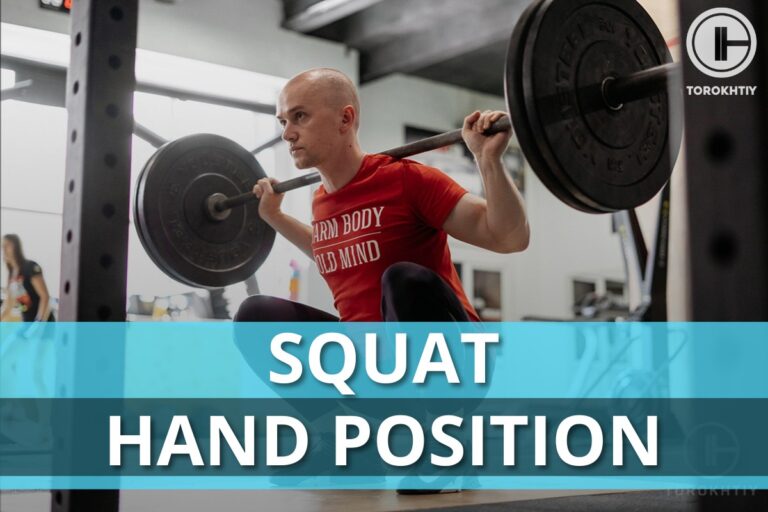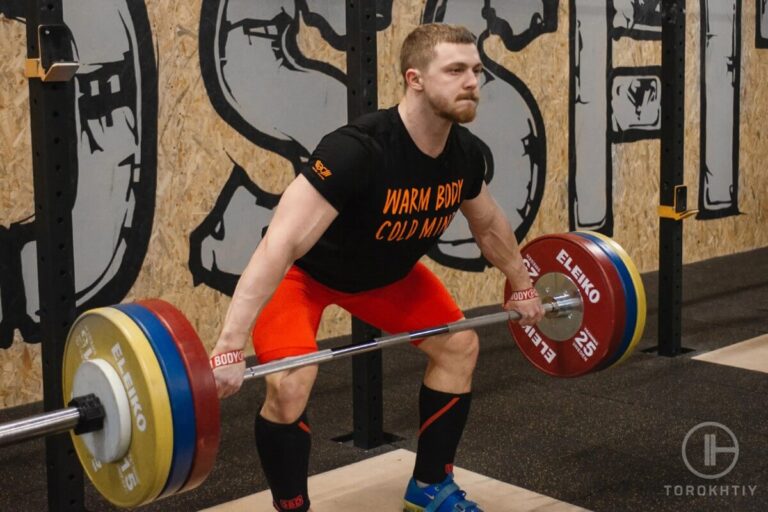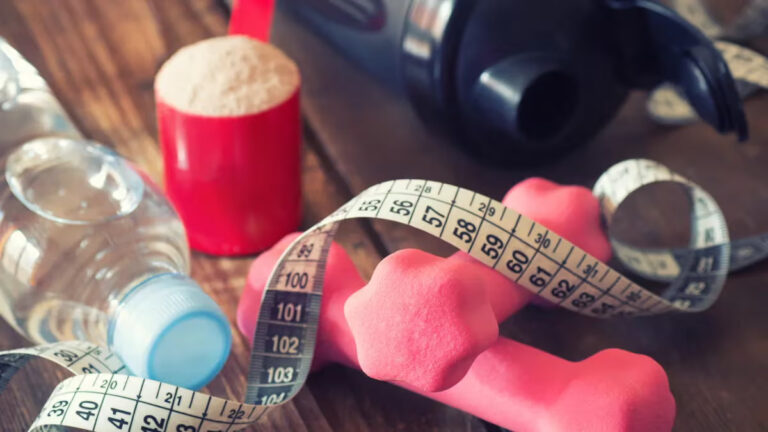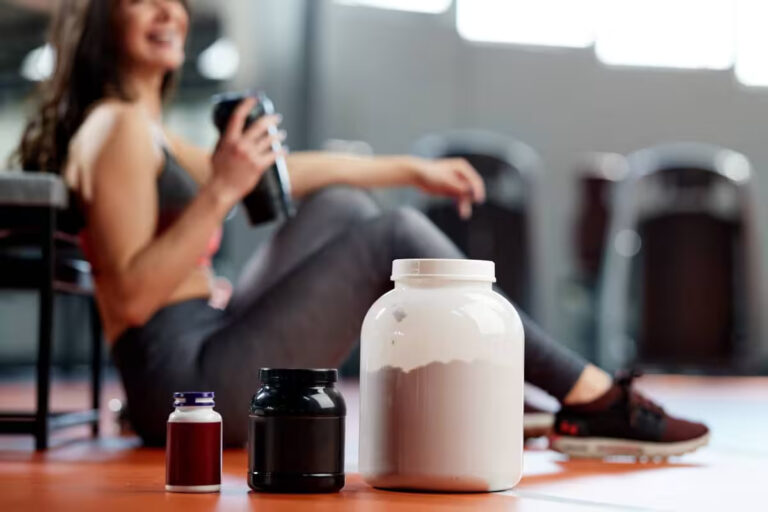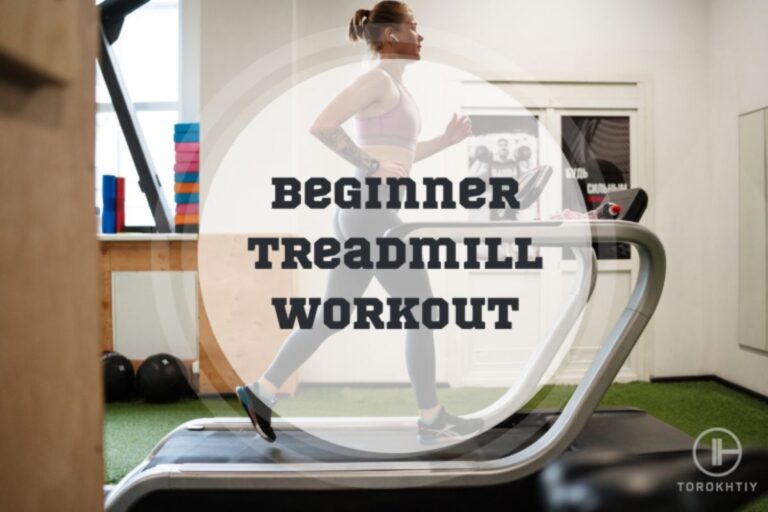When to Start Using a Lifting Belt?
I cover what a lifting belt does, when to start using a lifting belt and the different types available. I’ll also answer some frequently asked questions (FAQs) regarding belts in the gym.
Once you’ve built a solid foundation learning the correct technique and how to brace your natural core, start using a lifting belt on heavy compound movements such as squats, deadlifts and overhead presses.
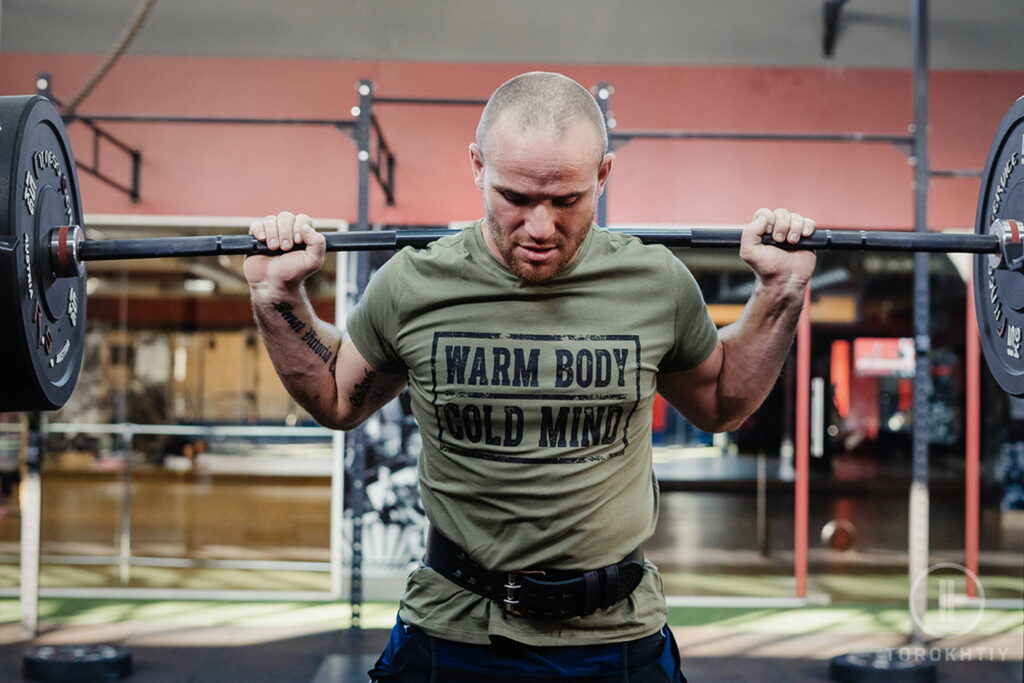
Why Do You Need a Lifting Belt? And What Does It Do?
In Olympic weightlifting and powerlifting, wearing a lifting belt has always been extremely common. In recent years, however, you can walk into most recreational gyms and find lifters of varying skill and experience levels wearing belts. But do you need one?
A weightlifting belt has 2 main functions. It reduces the amount of stress on your lower back when lifting in an upright position and prevents your back from hyperextending (forcefully extending beyond its normal limits) during overhead lifts.
Wearing a belt increases the pressure on your abdomen when lifting. This helps to support your spine in big compound movements such as a squat or a deadlift. By pushing your muscles against the lifting belt you increase your intra-abdominal (stomach) pressure to a much higher level than just simply ‘activating your core’. Keeping a strong spine and torso during a lift means better performance.
Wearing a belt can also help you become more aware of your back position when lifting. The pressure of the belt against your back prompts you to consider your back position and what muscles should be used to maintain good form.
Anecdotally, some lifters simply feel more confident and secure when wearing a belt, even if just wearing the belt as an accessory.
When to Wear a Weightlifting Belt?
So with the benefits of wearing a lifting belt explained above, you might have two main questions. Should I get a lifting belt? When should I wear one? Let’s look at the different factors.
Injury Prevention
If you’re in the gym under a heavy load, wearing a lifting belt will help to prevent any serious injuries. By increasing your intra-abdominal pressure when lifting, a belt can keep you injury-free by promoting proper form. For individuals working up to squats and deadlifts over 2x their body weight, a belt can help combat any imbalances between the strength of your legs and your core.
Improved Biomechanics
Wearing a belt can improve biomechanics by reducing spinal flexion and extension, helping you to keep a neutral spine throughout the lift.
Research into lifting belts has shown that wearing one improves your biomechanics when squatting and deadlifting. By helping to stabilize your core and back, wearing a belt allows you to focus on lifting with your legs. As your legs are the more efficient muscle group at adapting to a heavy stimulus, this is exactly what you want.

More Weight
Put simply, weightlifting belts help you lift more! Elite athletes find that using a lifting belt can see their max weights go up 5-15% after 1-2 weeks of use. That’s a huge increase! Who wouldn’t want that?
Take an 80 kg male as an example. He can squat 2x his body weight. If he uses a belt, adding 15% to his squat would mean an extra 24 kg onto his 1 rep max. In the weightlifting world that’s a huge improvement.
Getting Past a Plateau
If you’re a lifter whose progress on the big lifts seems to have stalled, wearing a lifting belt may help you to break through the plateau and topple that previous 1RM.
Alongside the physical benefits, using a belt could provide the mental boost you need. A belt can help to break down a mental plateau just as much as a physical one.
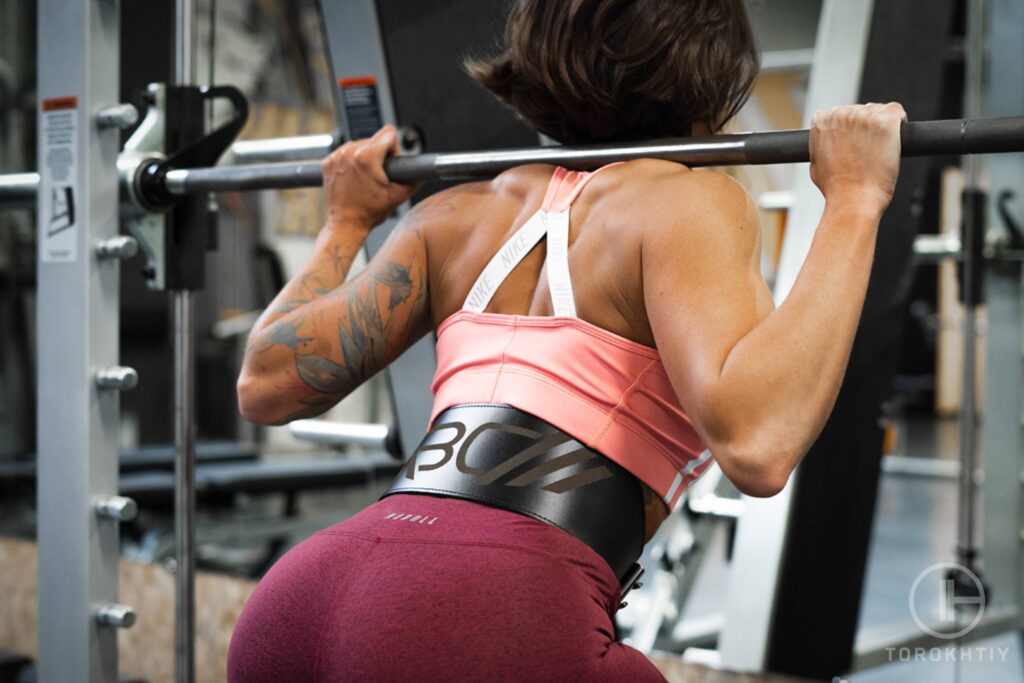
When Should You Use a Weight Belt?
For the reasons stated above, you should use a weight belt in 2 primary situations:
- When performing maximal or submaximal lifts in compound exercises such as the squat or deadlift, where the weight is supported by the lifter’s back and core muscles
- When performing overhead exercises which may cause your back to hyperextend, such as the military press and push press.
When You Don’t Need to Use a Lifting Belt
You Don’t Squat or Deadlift
Whilst there are certainly other movements that wearing a belt can benefit from, if you’re not performing heavy, compound movements such as the squat or deadlift then you probably don’t need one.
If you’re sticking to fixed movement resistance machines, performing bodyweight movements, or using dumbbells for conditioning, a belt won’t provide much-added benefit.
You’re Not Using Perfect Form with Heavy Weights
If you’re not lifting heavy weights using the perfect form to begin with, it’s likely you don’t need a belt yet. Whilst you may be able to add more weight using a belt, extra weight with bad form isn’t a good idea.
If you’ve never lifted heavy without a belt, your core may be significantly weaker than other surrounding muscles.
Avoid a belt when learning how to lift. Once you can lift the heavier weights using the perfect form with your body’s naturally provided weight belt (your transverse abdominis), look to move up using a belt as an aid.
Wearing a belt isn’t necessary for types of resistance exercises where the spine and core muscles don’t work against heavy resistance. For example, if you’re in the gym performing a wide lateral pulldown or a seated leg extension, using a belt won’t provide support and affect performance.
It’s highly likely the gym bros using a belt for every single lift won’t see any ergogenic performance benefits other than possibly making them look cooler or giving a wider appearance.
Constantly using a belt for lifting can weaken the development of your natural core musculature. Let your body get used to a natural bracing technique in the movements which don’t require whole-body stabilization. Use the belt as an aid for lifting, not a crutch.
Belts are designed to provide support for weights that heavily tax the body. Using a belt for light loads will have little to no effect on performance.
Lifters with underlying health conditions such as heart disease and high blood pressure should exercise caution when using a lifting belt for longer periods. Elevated blood pressure can result from prolonged belt use, even with light work or aerobic activity.

At What Weight Should I Use a Belt for Squats?
Unless you’re going for max weight or using more than 80% of your 1 rep max for a heavy compound movement such as the squat a belt most likely isn’t needed and won’t provide any added benefit if used.
Before progressing to using a lifting belt, focus on strengthening your body’s natural weight belt, fully engaging it throughout the lift whilst using proper form. Focus on the main coaching points in your lifts and build up a good natural foundation. If you can’t lift weight safely without using a lifting belt, lighten the load.
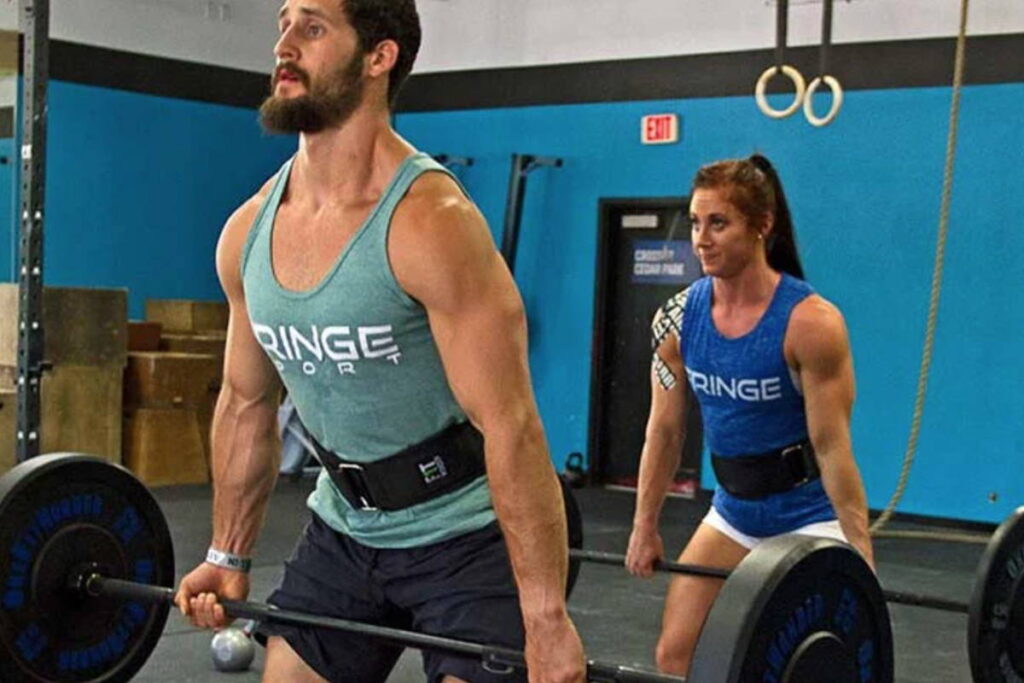
Do You Need a Belt to Deadlift?
A belt should only be used to deadlift when performing maximal loads. When performing lighter submaximal technique work or warming up, focus on breathing and bracing correctly.
When deadlifting with submaximal loads there is a lower risk of the spine deviating from its neutral position. Deadlifting without a belt can help to strengthen your natural core, reinforce better technique and allow less restriction.
So you’ll get many benefits from using a belt for such reasons:
- Heavy compound movements such as squats, deadlifts and military presses included in your gym program.
- Period of time spent perfecting form on lighter loads with all technique cues known.
You need not belt right now and should focus on progressing the weight lifted and correct technique, if:
- Mostly fixed path resistance machine and/or bodyweight movement workouts.
- Usually lighter loads used >80% 1RM. Unaware of technique cues.
What Lifting Belt Do You Need?
So now you know what a lifting belt does and the situations in which you need one, what type should you use and why?
Various types of lifting belts are available on the market. They vary in size, shape, and material used for manufacture.
1. Bodybuilding Belts

- Typically made of leather
- Thin on the front and thick on the back area
- Narrow on the front and Wide on the back
- Hybrid of velcro and powerlifting belts
- More pressure than a velcro belt but less than a powerlifting belt
- Double pronged adjustable stainless steel roller buckle
Suitable uses: Weight Lifting belts are beneficial for use in the gym when performing compound exercises where the weight is progressively increased. A good base of lifting established with technique cues well known.
Qualities: Durable and tough. Provide good support.
2. Powerlifting Belts
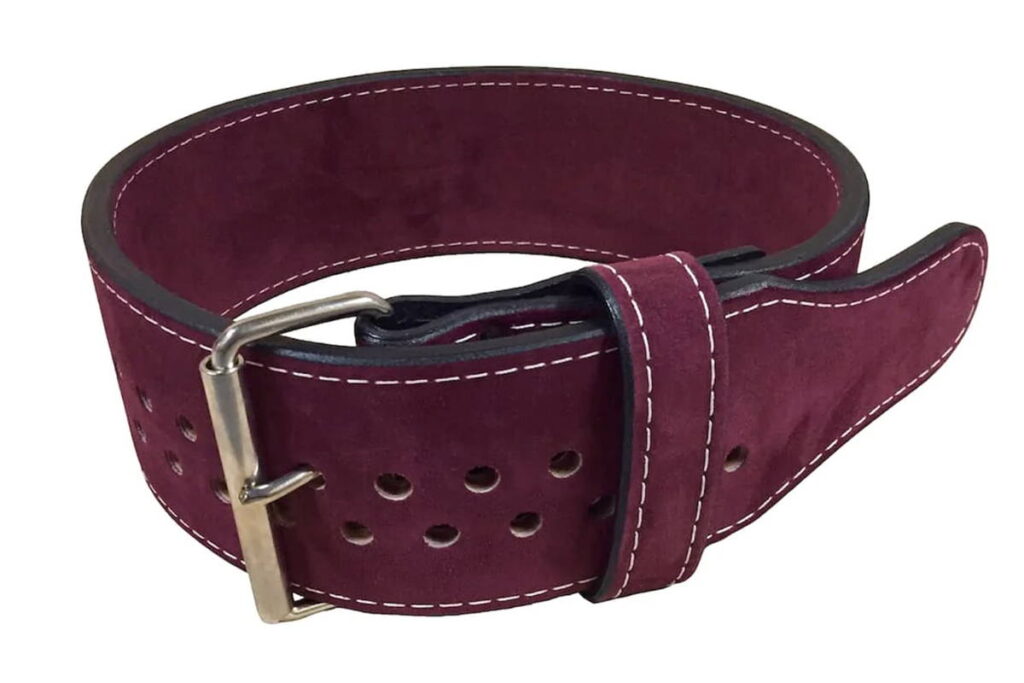
- Rigid and thick design
- Constant width throughout the belt
- Provide an extra surface area between belt and abdominals
- Most belts have the same steel buckle as the bodybuilding belts
- Premium belts have high quality hinge buckle providing extra support
- Support increased internal pressure giving added stability
Suitable uses: Powerlifting belts are beneficial for high-level lifting in compound movements such as squats, deadlifts, and overhead presses. Main uses include max lift attempts and loads >80% 1RM.
Qualities: Extremely durable and tough. Provide great support.
Also read: Nylon vs Leather Lifting Belt
3. Velcro Belts
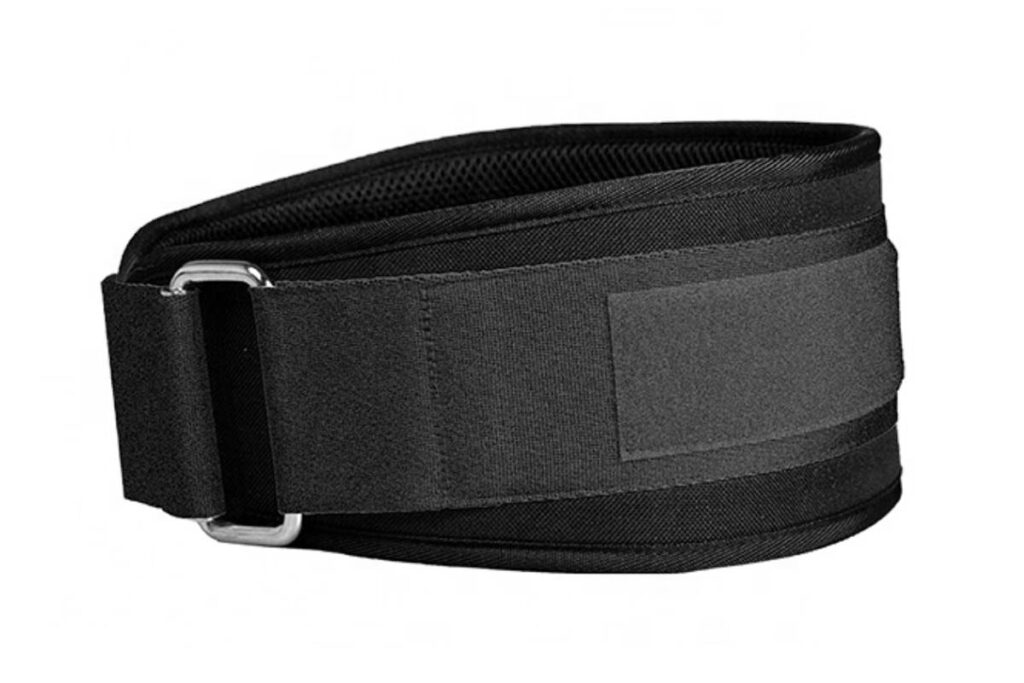
- Typically made of synthetic material like Nylon
- Limited force production according to velcro strength
- Minimal amount of Intra-abdominal pressure compared to powerlifting or bodybuilding belts
- Sufficient for recreational lifting
- Not efficient enough for consistently elevated high level performance
Suitable uses: Velcro belts are beneficial for normal weightlifting, recreational lifting, and functional workouts that contain compound movements.
Qualities: Lightweight, versatile and comfortable to use.
A lifting belt currently on the market is the WARM BODY COLD MIND Leather Weight Lifting Belt. 4″ Adjustable Belt with Buckle.
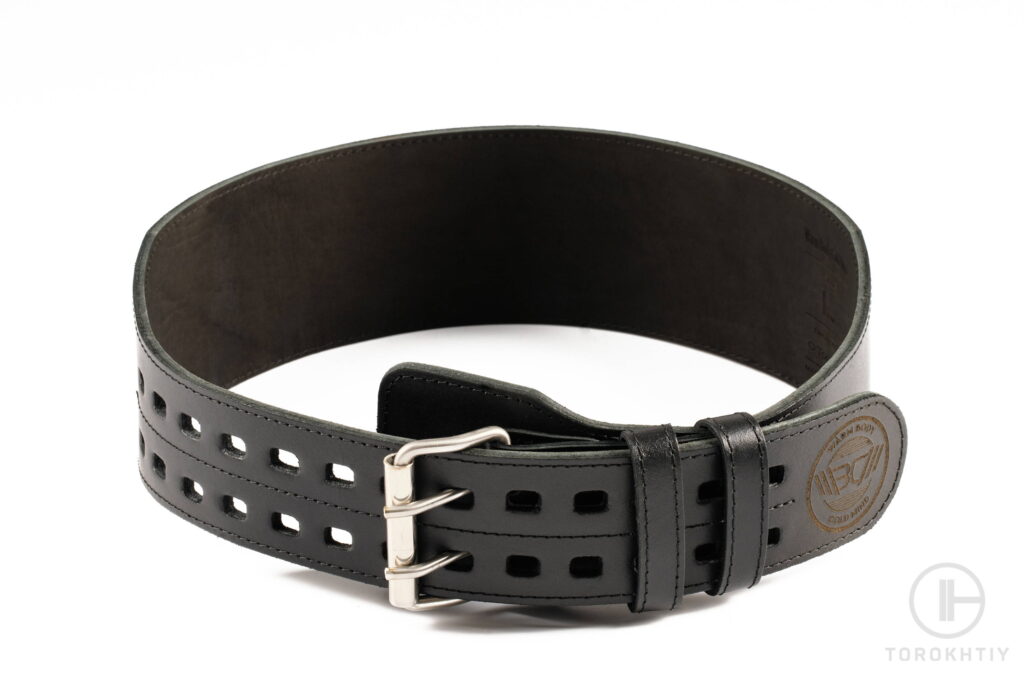
FAQs
Is it better to do squats with or without a belt?
The answer is actually both.
If you’re performing squats where your goal is to maximize the amount of weight you can lift, wearing a belt to reinforce your core and promote better posture would be beneficial. Wear the belt around your waist and ensure you are breathing and bracing properly before performing the lift.
However, the belt should be used to reinforce your core and not as a replacement for proper bracing technique. Learn the basics well first. When lifting the lighter loads get used to using good technique and properly bracing your core before progressing the weight. When you’ve learned the basics well, start to bring the belt out.
Should I wear a belt while benching?
As you’ve probably seen, most of the world’s best bench pressers wear a lifting belt when pressing. Wearing one during pressing does help stabilize your serratus anterior muscles, important for shoulder positioning.
Unlike squats, deadlifts, and overhead presses, a lifting belt won’t magically improve your bench press. It can, however, provide additional stability helping to enhance technical elements of the lift.
Does wearing a belt weaken your core?
As long as you follow the points above and use a belt in the correct situations, wearing a belt won’t weaken your core.
Wearing a belt during heavy compound lifts increases spinal stability and intra-abdominal pressure, supporting your natural core muscles.
During training using lighter loads and when performing any accessory lifts, focus on form and build a solid foundation first, giving yourself a strong base on which to build with the belt as an aid.
Should you wear a weight belt for leg press?
Lifting belts help performance on lifts involving the lower back and core musculature. If an exercise doesn’t stress the lower back or core that much, wearing a belt won’t provide much additional benefit.
With your back firmly against the pad during the leg press, your natural core will help to stabilize the body sufficiently enough to perform the press with the correct technique.
Summary
So now you know. Lifting belts provide huge benefits when used in the correct situations whilst providing little to no benefit to others.
If you’re serious about performing heavy compound movements like squats and deadlifts, a weight belt like the one I’ve reviewed above is a solid investment. If you primarily train with fixed path resistance machines or dumbells, a belt probably isn’t for you.
What do you think about lifting belts? Share your thoughts in the comments section and tell me all about your lifting experiences!
Also read:
- How Tight Should a Lifting Belt Be
- 10mm VS 13mm Belt
- Lever Belt vs Prong Belt
- Best Weight Lifting Belt for Women
- Best Dip Belt
- Best Lever Belt
- What Does A Weightlifting Belt Do
- Cluster Workout
References:
- What is normal intra-abdominal pressure and how is it affected by positioning, body mass and positive end-expiratory pressure?
https://link.springer.com/article/10.1007/s00134-009-1445-0 - How to Engage the Transversus Abdominis, and Why It’s Important
https://www.healthline.com/health/fitness-exercise/transverse-abdominal-exercises#what-it-is
Why Trust Us?
With over 20 years in Olympic Weightlifting, our team does its best to provide the audience with ultimate support and meet the needs and requirements of advanced athletes and professional lifters, as well as people who strive to open new opportunities and develop their physical capabilities with us.
By trusting the recommendations of our certified experts in coaching, nutrition, dietology, and sports training programming, as well as scientific consultants, and physiotherapists, we provide you with thorough, well-considered, and scientifically proven content. All the information given in the articles concerning workout programming, separate exercises, and athletic performance, in general, is based on verified data. We ensure that you can rely on our professionals’ pieces of advice and recommendations that can be treated as personalized ones which will benefit you and fully meet your needs.
The product testing process is described in more detail here
Author: Oleksiy Torokhtiy
Olympic Weightlifting Champion
Best Results: Snatch – 200 kg,
C&J – 240 kg
Oleksiy Torokhtiy is a professional athlete boasting 20 years of experience in Olympic weightlifting. With multiple European and World titles under his belt, he has showcased his prowess in two Olympic Games (Beijing 2008 and London 2012). Upon concluding his illustrious career, Oleksiy dedicated himself to coaching. By 2022, he had conducted over 200 weightlifting seminars worldwide. He is the visionary behind an international sportswear and accessories brand known for its motto, “Warm Body Cold Mind.” Additionally, he is an esteemed author and the creator of a series of training programs and eBooks.


